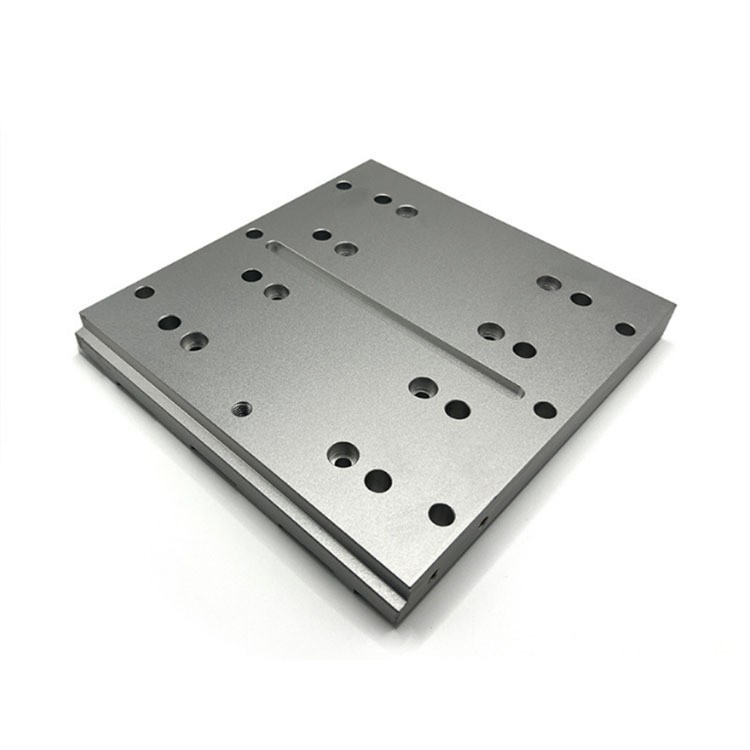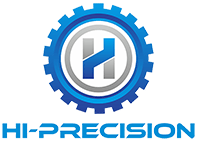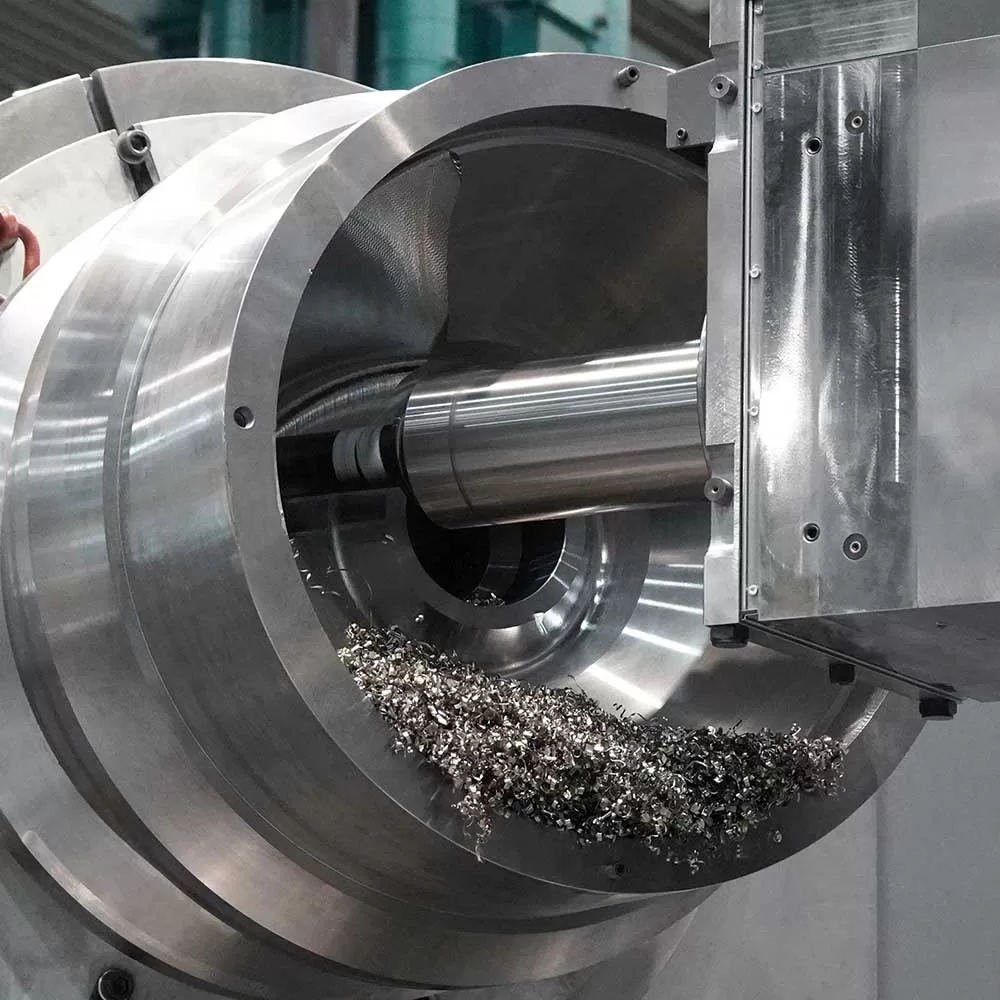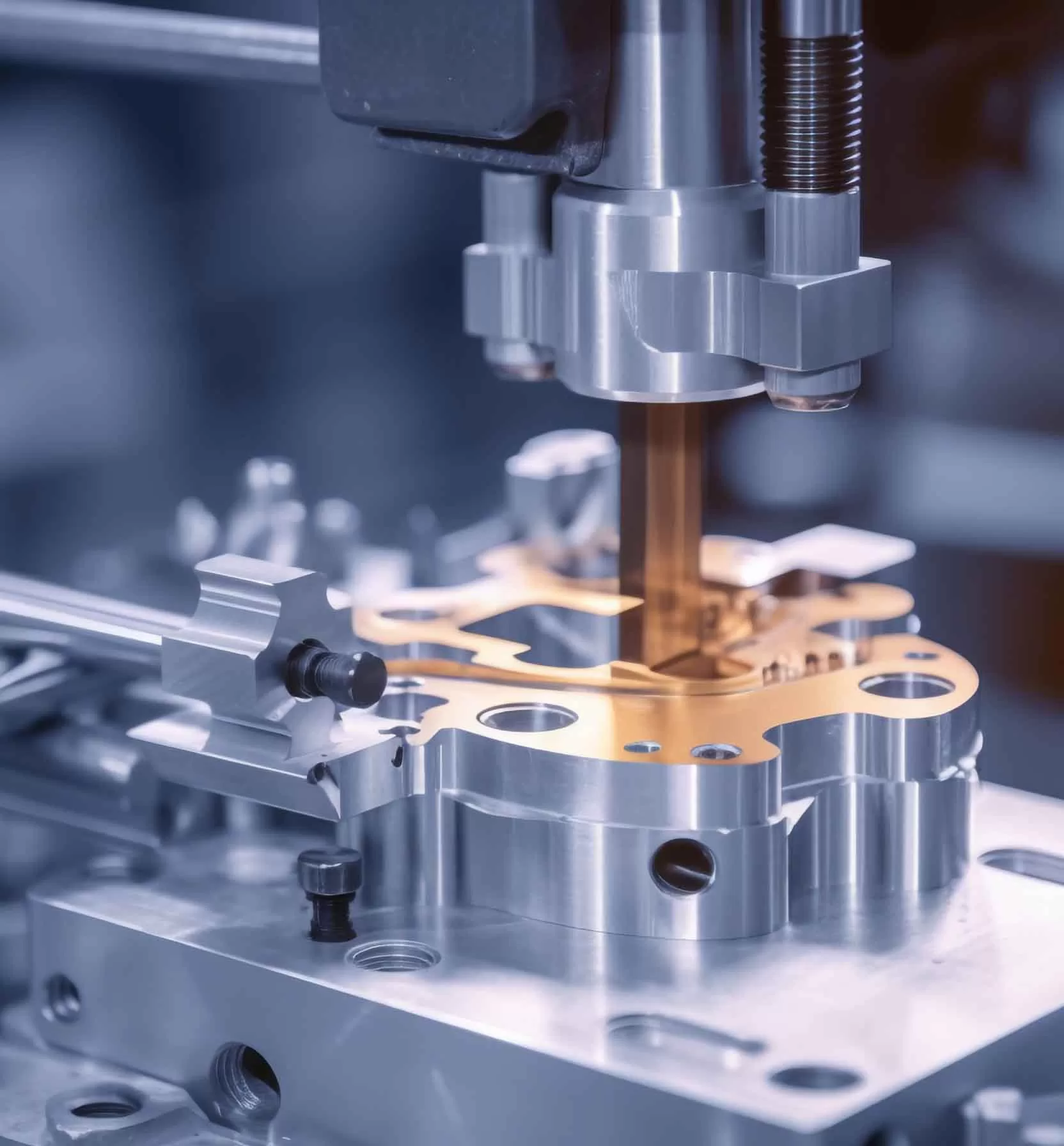CNC machining aluminum plates has many advantages. First, aluminum plates do not require complex tooling when processing parts with complex shapes, which can greatly reduce the number of tooling. Second, the parts produced are of high precision and stable quality. For example, CNC processing of aluminum alloy shells is relatively stable, and there will be no deviations like manual processing, resulting in different aluminum alloys or even defective products.

CNC machining of aluminum plates can also easily produce complex aluminum parts, and even produce processed parts. It can also produce a variety of varieties, with high production efficiency, saving labor costs, and can achieve diverse and large-scale production at the same time.
In addition, the hardness of aluminum plate is relatively low, so the load on the tool is small during processing. In addition, aluminum plate has excellent thermal conductivity and low cutting temperature, which can increase the milling speed. At the same time, aluminum plate has low plasticity and low melting point, so the chip removal performance is poor during processing and the surface roughness is high. However, if the two problems of fixed blade and processing surface quality are solved, the problem of aluminum alloy processing can be solved.
In addition, end mills with multi-directional cutting functions, spiral cutting interpolation and equi-height cutting interpolation are used to select as few tools as possible to process a small number of holes. Ball end mills with spiral interpolation can be used to continuously process tapered holes; ball end mills and spiral interpolation drills can be used for boring and chamfering; end mills with equi-height cutting interpolation can be used for semi-finishing and precision parts processing of holes; end mills for thread processing with spiral interpolation can be used for various threaded hole processing.
In short, CNC processing of aluminum plates has excellent performance in terms of tooling quantity, part accuracy, complex parts production, processing efficiency, etc., and has broad application prospects.
Advantages of CNC Machining Aluminum Plate Tooling
Tooling plays an important role in the process of CNC processing aluminum plates. Good tooling design can ensure the stability and accuracy of aluminum plates during processing. Through customized tooling fixtures, aluminum plates can be firmly fixed, reducing vibration and displacement during processing, thereby improving processing accuracy and surface quality. For example, when milling aluminum plates, suitable tooling can ensure that the relative position of the tool and the aluminum plate remains stable at all times, avoiding processing errors caused by the shaking of the aluminum plate. In addition, tooling can also improve production efficiency, make the loading and unloading of aluminum plates more convenient, and reduce auxiliary time. Some aluminum plates with complex shapes can be quickly positioned and clamped through special tooling, further exerting the advantages of CNC processing.
The Precision Advantage of CNC Machining Aluminum Plates
CNC machined aluminum sheets offer significant advantages in accuracy. CNC technology enables high-precision positioning and motion control to ensure that the processing size and shape of aluminum plates meet strict requirements. Its accuracy can reach the micron level, which can meet application scenarios that require extremely high accuracy of aluminum plates, such as aerospace, electronic equipment and other fields. For example, when manufacturing aircraft parts, the size and shape accuracy of aluminum plates directly affect the performance and safety of the aircraft. CNC machining enables complex shapes and contours to be machined accurately and with a high degree of consistency. In addition, CNC machining can also use compensation algorithms to eliminate errors during the machining process and further improve machining accuracy.
Advantages of CNC Machining Aluminum for Complex Parts Production
CNC machining of aluminum plates has unique advantages in the production of complex parts. It can accurately process various complex shapes and structures according to design requirements. Whether it is a part with deep cavities, thin walls, curved surfaces or special-shaped features, CNC machining can easily cope with it. For example, in automobile manufacturing, some complex aluminum plate parts, such as engine hoods, body side panels, etc., can be produced with high precision through CNC machining. Through programming control, CNC machine tools can cut and process according to predetermined paths to ensure that every detail of complex parts can meet design requirements. At the same time, CNC machining can also achieve integrated processing, reduce the assembly links of parts, and improve the overall performance and reliability of the product.
The Processing Efficiency Advantages of CNC Processing Aluminum Plates
CNC machining of aluminum plates excels in machining efficiency. First, CNC machines can realize automated machining, reduce manual intervention, and thus improve production efficiency. Second, CNC machining can perform multiple processes at the same time, such as milling, drilling, tapping, etc., which greatly shortens the machining cycle. For example, when mass-producing aluminum plate parts, CNC machines can run continuously and quickly complete the machining of multiple identical parts. Moreover, the tool path optimization and high-speed cutting technology of CNC machining can increase the cutting speed and further improve the machining efficiency while ensuring the machining quality. In addition, the high stability and reliability of CNC machine tools also reduce equipment failures and downtime, ensuring the continuity of production.
Advantages of Using Tools for CNC Machining Aluminum Plates
In the process of CNC machining of aluminum plates, the use of cutting tools is crucial. Reasonable selection of cutting tools can significantly improve processing results and efficiency. For example, based on the characteristics of aluminum plates, choosing tools with moderate hardness and good wear resistance can reduce tool wear and extend tool service life. At the same time, different types of cutting tools, such as milling cutters, drill bits, boring tools, etc., can meet the various needs of aluminum plate processing. During the processing process, selecting the appropriate tool diameter, number of edges and cutting parameters according to the thickness, shape and processing requirements of the aluminum plate can improve cutting efficiency and surface quality. In addition, some advanced tool coating technologies, such as DLC coating, can reduce the friction coefficient during the cutting process, improve the cutting performance of the tool, and further improve processing efficiency and quality.
In summary, CNC processed aluminum plates have many advantages in tooling, precision, complex parts production, processing efficiency and tool use. These advantages make CNC processed aluminum plates widely used in many fields and provide strong support for the development of the manufacturing industry.


